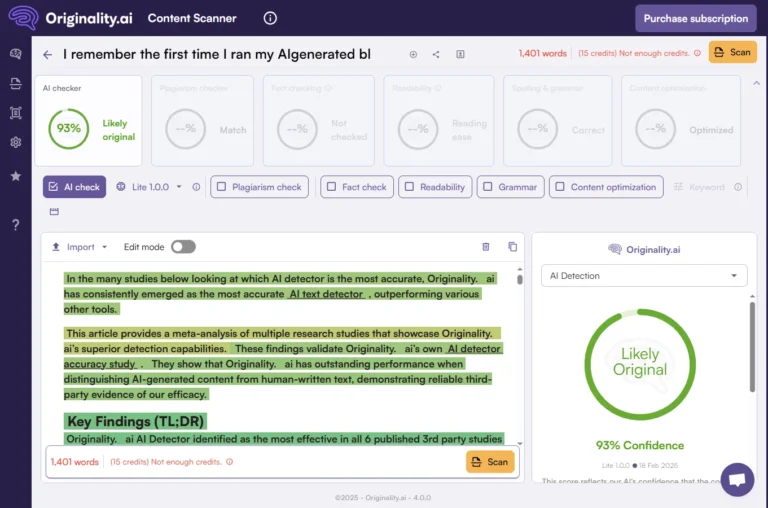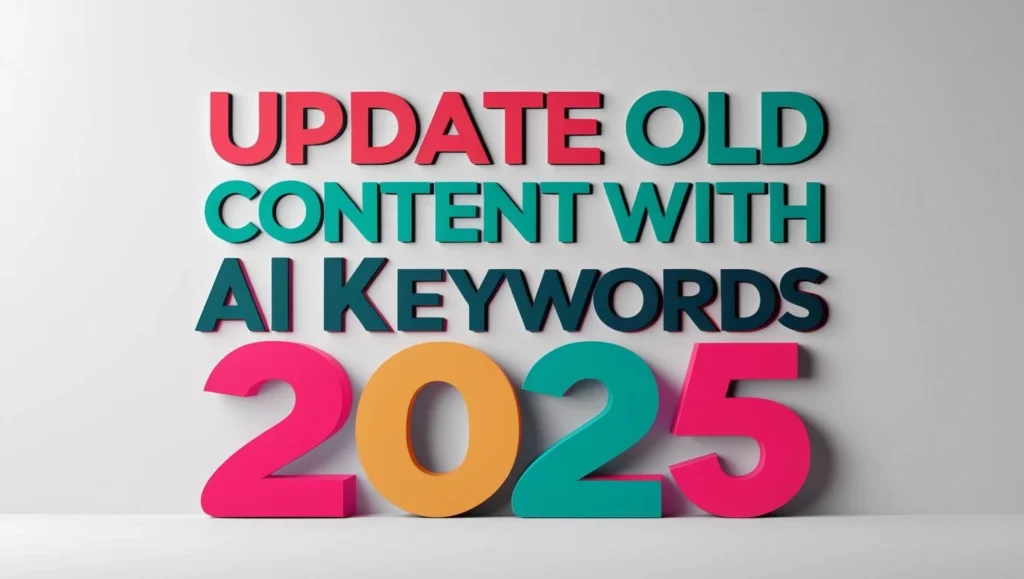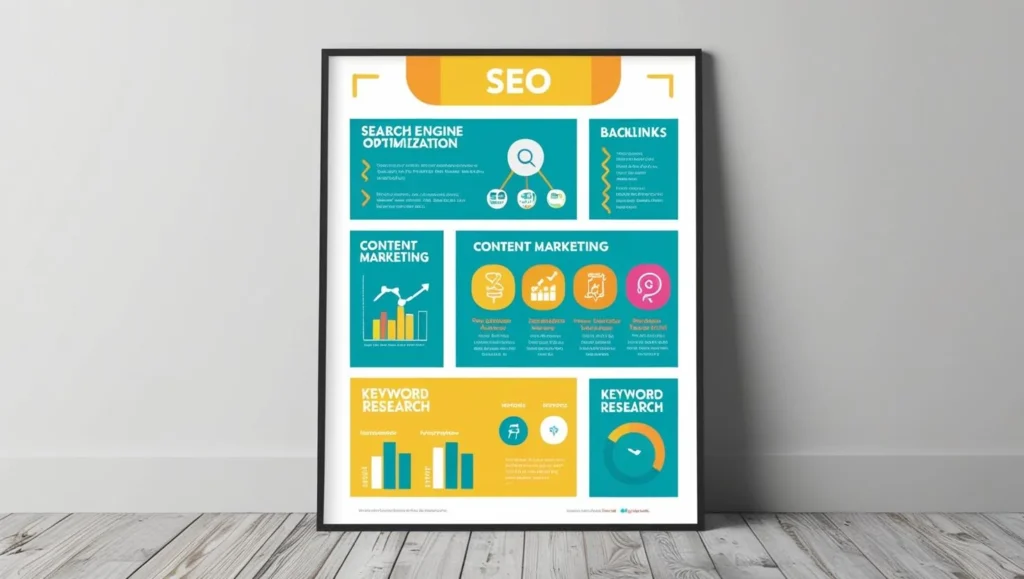These artificial intelligence tools such as ChatGPT revolutionized the way we produce content. Nowadays, Google and tools such as GPTZero and Originality.ai mark low-quality, AI-generated content.
How to make AI content seem human? It needs to have natural flow, be imperceptible to detection software, and rank well on Google.
Here’s your step-by-step strategy.

1. Begin with a personal hook or direct experience
Google’s Helpful Content Update prioritizes content that showcases genuine experience and insight. It does not reward generic filler.
Do this:
Start with a brief personal anecdote.
Refer to success or failure.
Use “I” or “we” wherever applicabe.
This is effective because it instantly conveys authenticity.

2. Use prompt engineering to humanize AI outputs.
Before editing content, you need more intelligent inputs from AI. Use prompts that reflect emotional intelligence, such as:
Better prompts = better output = less editing.
Get Free AI Humanizing Prompts to Improve Content Quality
3. Break up sentences and vary the flow.
AI often writes in perfect patterns. To pass detection:
Vary sentence lengths.
Use contractions (don’t, can’t, you’ll).
Ask rhetorical questions.
Add in natural pauses.
These subtle modifications allow you to evade AI detection and engage with readers.
4. Add real-world proof, screenshots, or facts.
Detection tools love “human signals,” and so does Google.
You should:
- Insert screenshots of tools or dashboards.
- Show analytics or traffic growth.
- Link to sources (with DoFollow)
Here’s my Originality.ai score after editing

5. Optimize Structure: H2s, H3s, lists, and short paragraphs.
Google prefers easy-to-read formatting — so do humans. Follow this structure:
Use H2s for main ideas.
Use H3s for supporting details.
Bullet points or checklists.
2–3 line paragraphs only.
This improves scanability, retention, and SEO.
6. Include an expert author bio with trust signals.
Add your real name, credentials, and image. Your bio should mention:
Years of experience
What tools or topics do you specialize in?
Where your content has featured (if applicable).
Also include:
Trust badges (SSL, secure, verified)
Contact or About page links
Schema markup for authorship
7. Test with AI Detectors — Then Rewrite with Emotional Depth.
After writing, use these tools:
If flagged, rewrite:
Add emotional phrasing.
Insert small stories or idioms.
Cut repetitive transitions.
Think like your reader. Be in their shoes and write to connect, not to inform.
Internal Linking for Better Topical Authority
If you’re serious about writing human-like AI content, make sure you’re using the right tools. Check out our guide to Free AI Humanizer Tools. It highlights the top platforms to help your content sound natural and real.
To help your AI material score well, it must meet the changing standards of Google. Discover how in our detailed guide on the Google Helpful Content Update 2025. We will cover what to avoid and how to protect your strategy for the future.
And if you’re worried that you don’t have a big brand to back you up, no worries. This article explains E-E-A-T for small creators. It helps them build trust and improve visibility using real SEO techniques.
These three posts create a strong AI content cluster. They help improve your site’s SEO and build lasting topical authority.
Conlusion: Human-Like AI Content Is the Future
AI content isn’t going away — but robotic, low-value content won’t survive past 2025.
Use these 7 tips to:
Pass AI detection tools.
Build trust with Google.
Rank higher by aligning with Helpful Content and E-E-A-T principles.
To grow your traffic with real, trusted content, focus on human-first SEO. You can still use AI to help you write.



